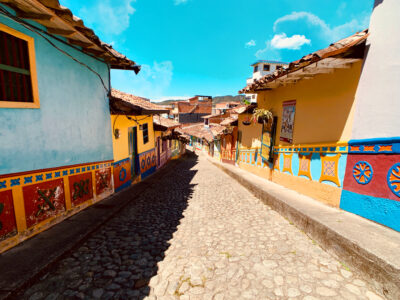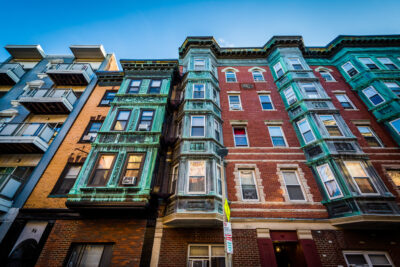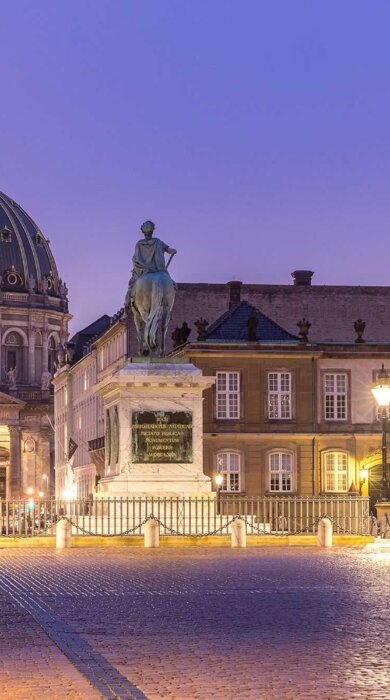
Beyond the UK: 6 other countries that are kingdoms
As we celebrate the coronation of King Charles III this weekend, we wanted to observe some of the world’s other, lesser-known countries ruled by monarchies…
With the coronation of King Charles III being celebrated this weekend, the spotlight shines once again on the United Kingdom – a country with one of the world’s most cherished royal families. But did you know there are 43 sovereign states in the world? We take this opportunity to look at some lesser-known kingdoms ruled by a monarchy with six other countries that are also kingdoms…
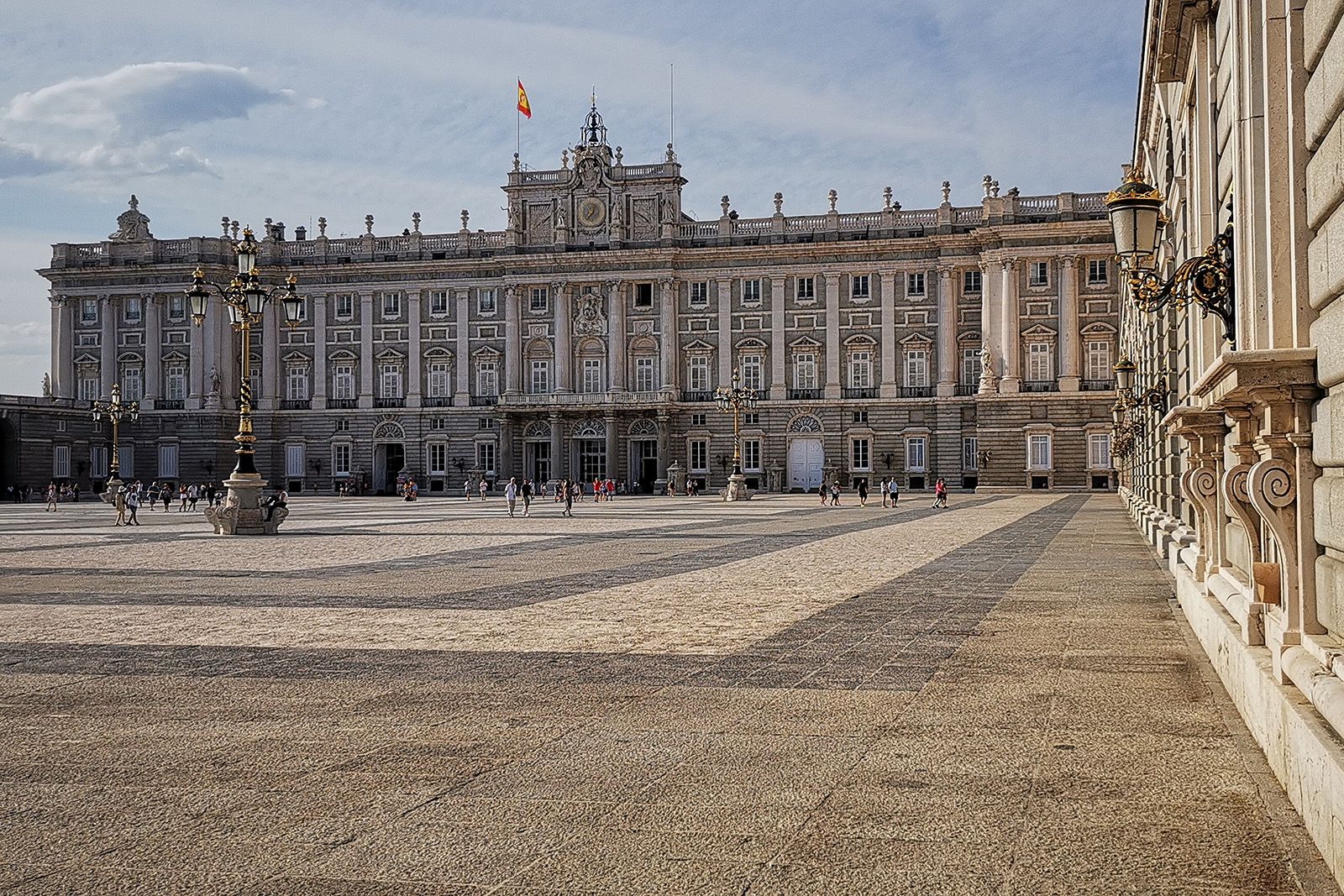
The Royal Palace of Madrid is the Spanish royal family’s official residence (Shutterstock)
Spain
The royal family of Spain is led by King Felipe VI and his wife, Queen Letizia, who currently live and work in Zarzuela Palace, although their official residence is the Royal Palace of Madrid. Spain first became a kingdom in 1516. Prior to that, King Ferdinand II of Aragon and Queen Isabelle I of Castile ruled their separate regions. The two married, and their daughter, Joanna, and her son, Charles, inherited the throne to both, allowing the kingdoms to finally combine.
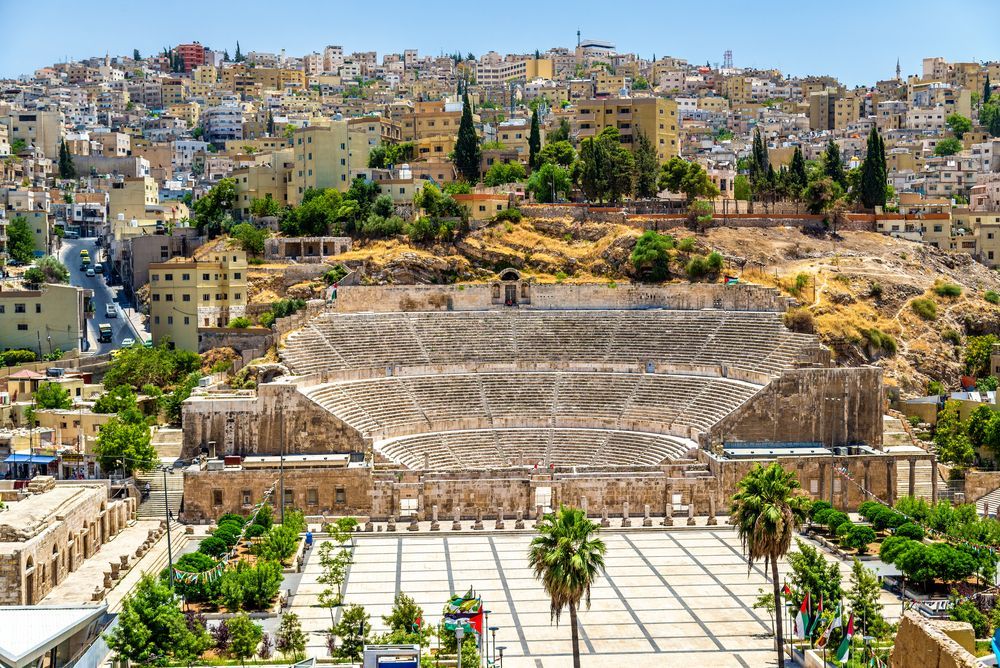
The royal family of Jordan live in the country’s capital, Amman (Shutterstock)
Jordan
The Hashemite dynasty has been the ruling family of Jordan since 1921. The current king is Abdullah II of Jordan, who has been on the throne since 1999, and is thought to be a 41st-generation direct descendant of the Islamic prophet Muhammad. The king, his wife Rania Al-Abdullah, and their family live in a royal residence complex named Al-Maqua in Amman. Within the compound is Raghadan Palace, an Islamic-style property built in 1921 and the first palace on the grounds.
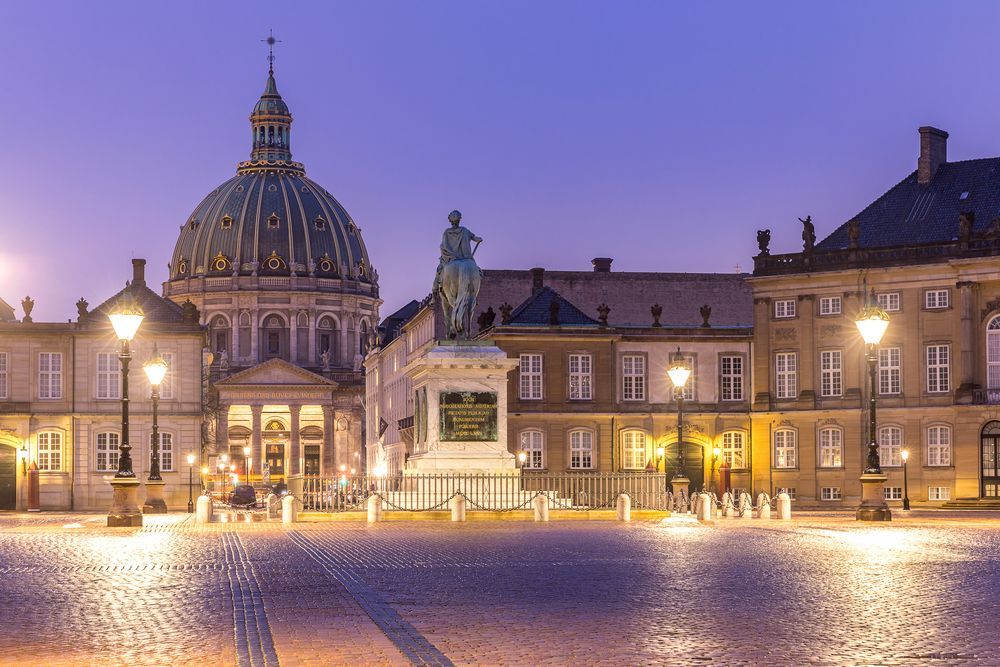
The Danish Queen’s winter residence is at the Amalienborg Palace in Copenhagen (Picture: Shutterstock)
Denmark
Denmark has one of the oldest monarchies in the world, with its royal heritage tracing back more than a thousand years to its first king, born around the year 900. Under the reign of Queen Margrethe II since 1972, the next in the line to the throne is her son, Prince Frederik. The Danish royal family live a relatively normal life, however are still considered an important symbol for the country. The Queen’s winter residence is the Amalienborg complex of Copenhagen, consisting of four palaces, while in the summer, she spends time in Marselisborg Palace in Aarhus and Gråsten Palace in the Jutland region.
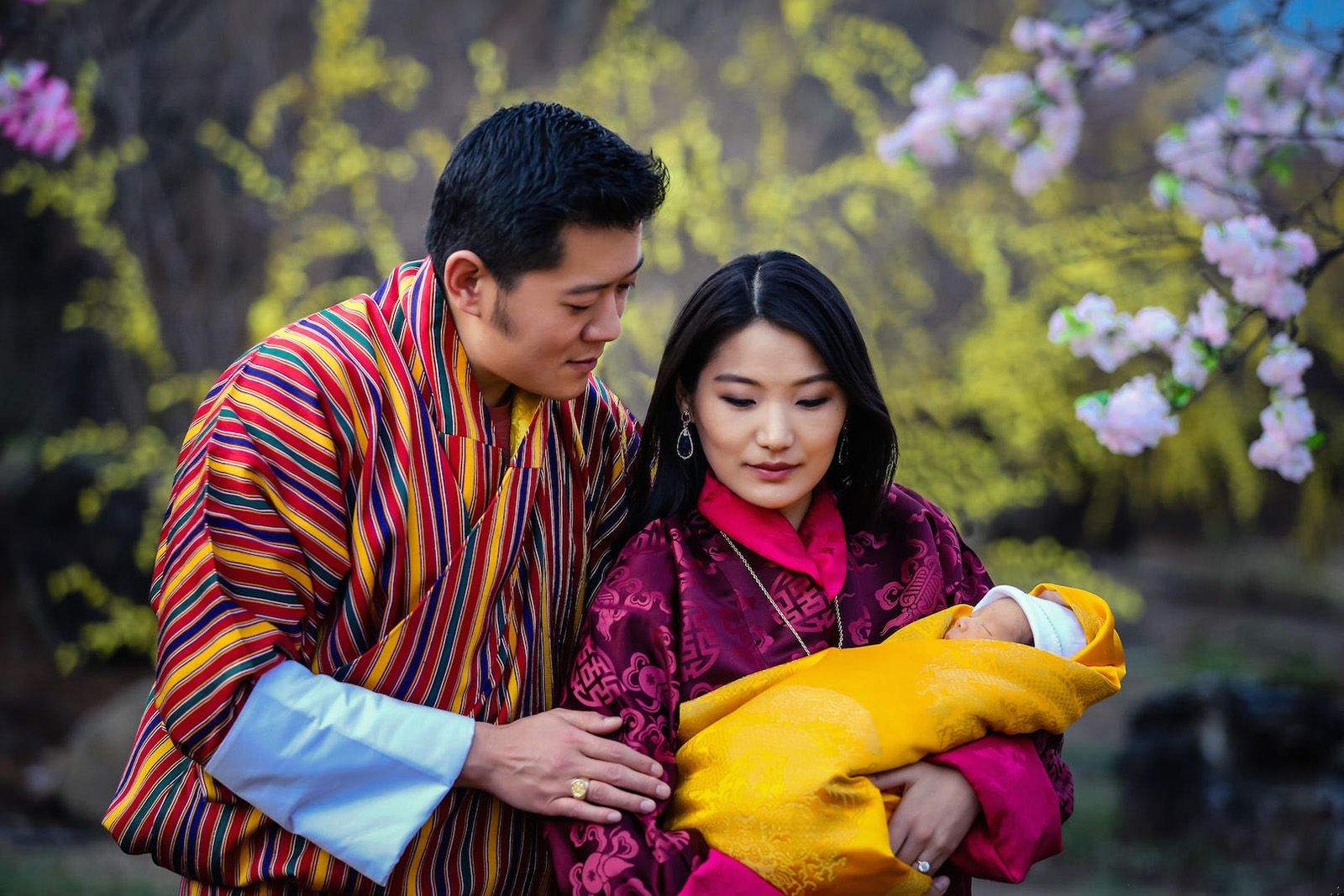
The Bhutanese royals with their young child (Shutterstock)
Bhutan
In Bhutan, the Druk Gyalpo is the name for the king of state. The monarchy has belonged to the Wangchuck dynasty since 1907, and prior to this, they governed the district of Trongsa. The current king is Jigme Khesar Namgyel Wangchuck, who ascended the throne in 2011 while he was in his twenties. He, his wife Queen consort Jetsun Pema, and their two young children reside in Lingkana Palace in Bhutan’s capital, Thimphu.
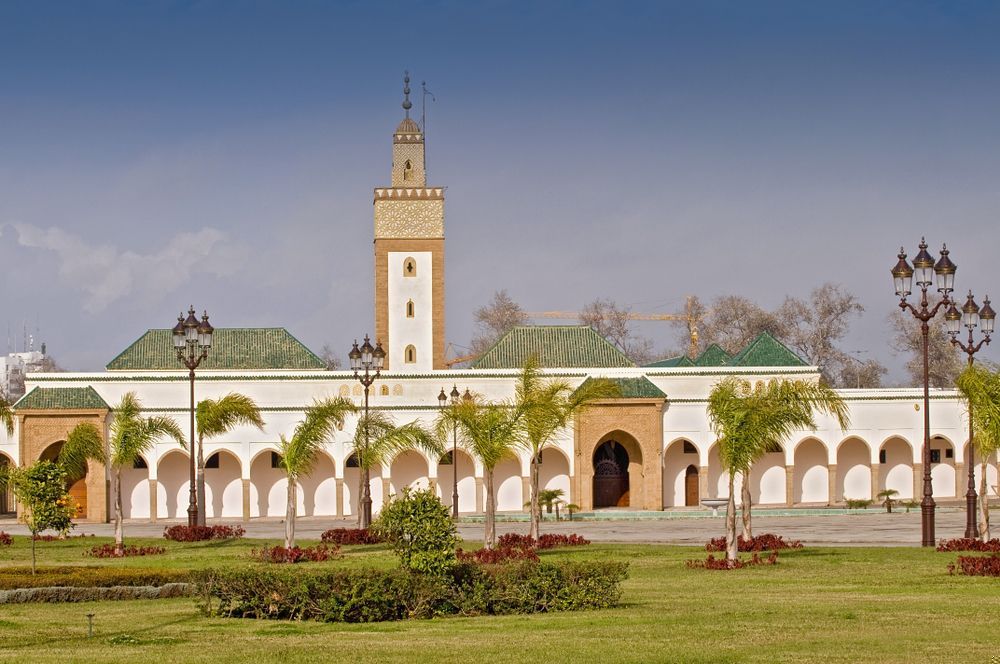
Dar al-Makhzen is the official residence of Morocco’s king (Shutterstock)
Morocco
Morocco’s current ruling dynasty dates back nearly 400 years, making it another one of the world’s oldest ruling families. Due to their long reign, the Alawi family has influenced much of the kingdom’s history, from Sultan Moulay Ismail liberating several Moroccan port cities from colonial rule in the 17th century, to Sultan Mohammed V of Morocco resisting Nazi pressure and the deportation of its Jewish citizens. Mohammed VI is now the king of Morocco, and resides in the Royal Palace or Dar al-Makhzen in Rabat.
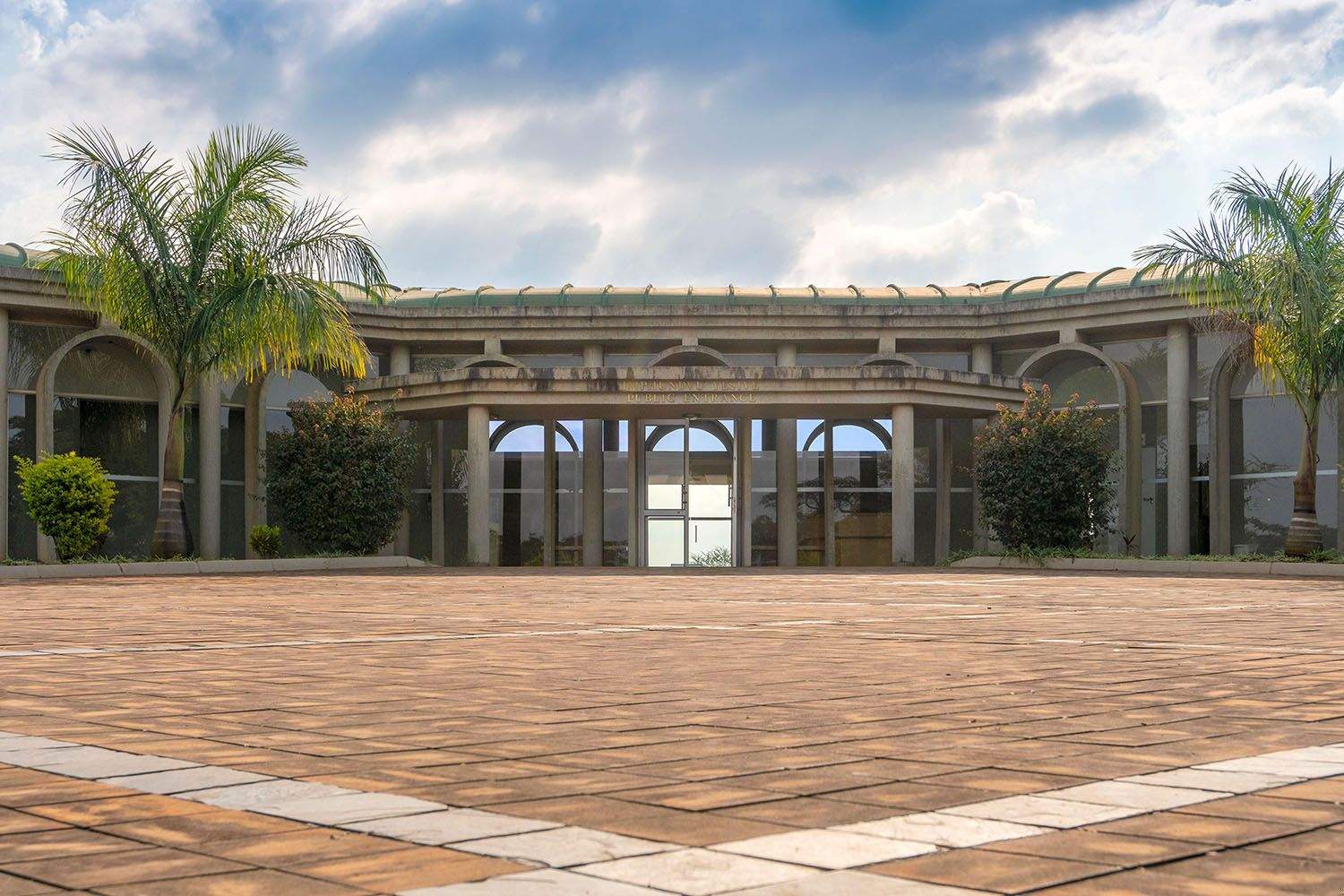
Public entrance in King Sobhuza II Memorial Park in Lobamba, Eswatini (Picture: Alamy)
Eswatini
Africa’s last remaining absolute monarchy is Eswatini, formerly known as Swaziland, which has been led by King Mswati III since 1986. He was just 18 years old when he took the throne, making him the world’s youngest monarch at the time, following the death of his father, King Sobhuza II, and an ensuing power struggle within the royal family. His controversial rule has been dogged by criticism of the concentration of power within the monarchy and the lavish lifestyles of the royal family. He initiated the country’s change of name in April 2018, marking 50 years of independence from colonial rule by returning it to the ancient name of Eswatini.













